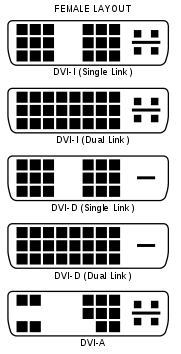Occasionally, Photoshop will give the error message, “Could not complete your request because it is not a valid Photoshop document” when attempting to open .PSD files. The most likely cause is if you have a file in a different format (.TIF, JPG, etc.) but the extension of the file ends up being .PSD. The simplest fix is to either guess the extension and change it accordingly, or to force Photoshop to open it in a specific format.
To determine the type of file, you can verify it by cracking the file open with your favourite simple text editor (TextEdit, Notepad). Files created within an Adobe application (Photoshop, InDesign, Acrobat, Illustrator, etc.) will often include some metadata that will give you some clues about the nature of the file. Run a search for “dc:format” and it’ll tell you. For .PSD files, it will be <dc:format>application/vnd.adobe.photoshop</dc:format>
If indeed the file actually IS a .PSD file and Photoshop refuses to open it, there is a fix that requires a minor bit of hacking. You’ll need a hex editor (I used HexFiend for Mac), which will allow you to make very minute changes to the file on the byte level. Once you’ve opened up the file (and made a backup, etc.), take a look at the strings of characters near the beginning.
When viewed in your hex editor, the first 80 bytes should be something like this, where X represents a different character for each file.
8BPS............
.X...X.........*
XX8BIM..........
......8BIM.%....
..ËÒ\Û/¡°¢{g≠≈d
∫88BIM.$....XX<?
Occasionally, the first few bytes of the file can be filled with data which will end up rendering the file unreadable, either due to minor file corruption or save errors. To make the file readable in Photoshop, delete the characters that lead up to the sequence above, so that 8BPS makes up the first 4 bytes of data.
Save the file as a new file (in case something bad happens and you need to start again) and the file should be openable as a Photoshop document.
